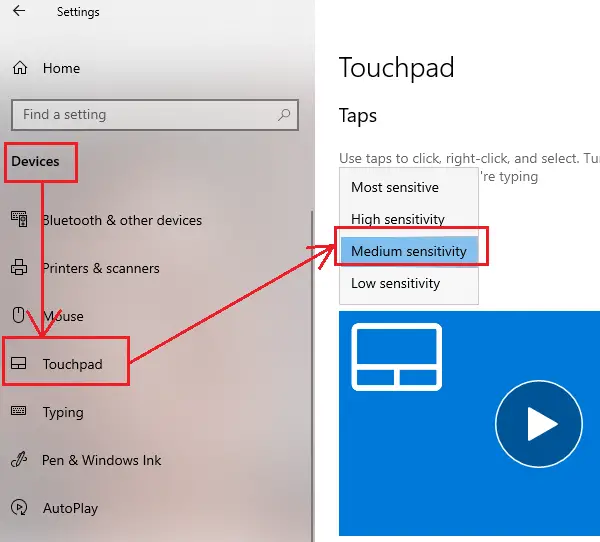A Brief History of the Computer Mouse and Touchpad In 1974, The first workstation computer, known as the Xerox Alto, was created by Xerox. The computer included a fully functional keyboard, display, and mouse. Even then, it could display windows, menus and icons as an interface to its operating system. A computer mouse (plural mice, rarely mouses) is a hand-held pointing device that detects two-dimensional motion relative to a surface. This motion is typically translated into the motion of a pointer on a display, which allows a smooth control of the graphical user interface of a computer.
The optical mouse is a computer mouse first introduced by Microsoft on April 19, 1999, that utilizes LEDs (light-emitting diodes) or a laser to track movement. These differing technologies are identified by examining the bottom of the mouse. As shown, the optical-mechanical mouse has a ball, and the optical mouse has a light instead.
How does an optical mouse work?
An optical mouse also has a tiny low-resolution camera that takes a thousand or more pictures every second. In the camera, the CMOS (complementary metal-oxide semiconductor) sensor sends a signal to a DSP (digital signal processor). The DSP can then analyze each picture for pattern and light changes, and then moves the mouse cursor on your screen.
Optical mouse disadvantages
Optical mice don't work as well on reflective surfaces such as glass tables. However, in comparison to optical-mechanical mice, optical mice are a much better solution.
Why is the mouse light red?
Although not all optical mice use red, it's the most common LED used because it's often the cheaper diode and because the photodetectors are more sensitive to red light.
Are all optical mice wireless?
No. Optics is only the technology used to detect movement. There are both wireless and corded versions of optical mice.
Further optical mouse history
Before Microsoft introduced their mouse in 1999, there were many different companies and inventors who had earlier styles of optical mice. In the 1980s, Richard Lyon and Steve Kirsch both independently created their versions of an optical mouse that required a special surface to move the cursor.
Related pages

Force sensing literally creates an entirely new dimension in touch, enabling cutting-edge user interfaces with more intuitive gestures and easier navigation. ForcePad provides a thinner touchpad with pressure-sensitive scrolling and zooming, and press-to-click capabilities anywhere on the touchpad. The result is fewer required movements, minimized repetitive gestures and users getting the most out of their touchpad area.
And because it’s form-factor-compatible with Synaptics TouchPads, OEMs can integrate ForcePad quickly and easily.
ClickSmart™ Left/Right Buttons
Traditional TouchPad button locations combined with new 1/2 finger left/right clicks.
Advanced Driver
Fully customizable driver for advanced gestures, from 2-finger scrolling to PinchZoom and more.
TypeGuard™
Patented Accidental Contact Mitigation (ACM) reduces accidental taps and clicks.
Portfolio of Solutions
A variety of sensor types, mechanical design choices, and driver features enable OEMs to create differentiated products.
Force Sensing
Simplified and intuitive operation with pressure sensitive scrolling speed, silent click, and haptic feedback.
Multi-finger Sensing
Enables advanced gestures such as pinch and zoom, 3-finger flick, and more.
Touch Sensing

ForcePad has at its foundation Synaptics touch-sensing technology.
Disable Touch Touchpad
December 15, 2020
Synaptics Expands into Low Power Edge AI Applications with New Katana Platform
General Touch Screen
In the MediaGeneral Touch Mice Vs
September 24, 2020
AI-Based Scaling as the Key to Cost-Efficient 4K UHD Content Delivery
In the MediaSeptember 15, 2020
How to Keep Consumers' Devices Connected in the WFH Era
[